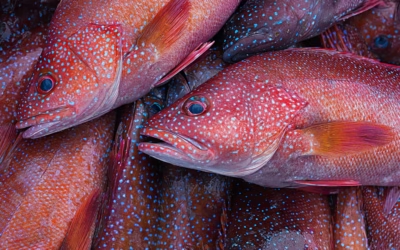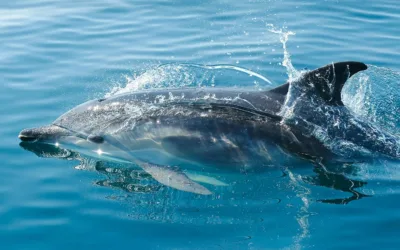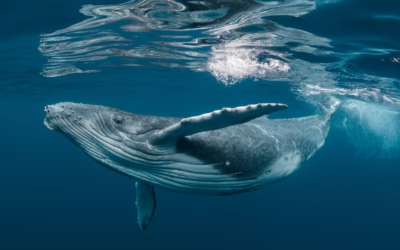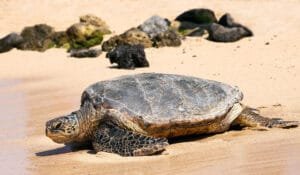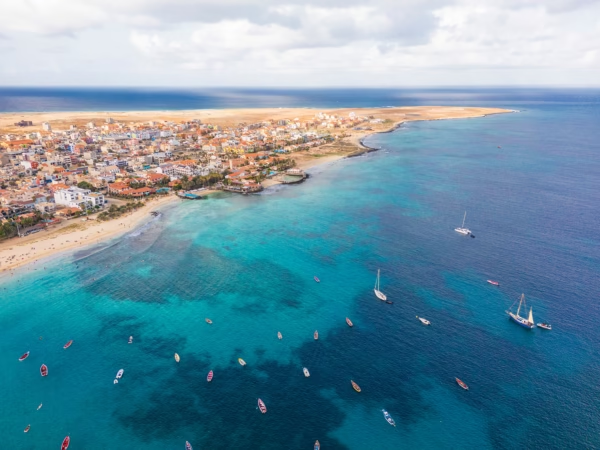Little Egret: This Amazing White Bird With Long Legs

Little egret (Egretta garzetta) is a small white heron with a long, thin neck, long, dark legs and, in the western race, yellow feet. It’s an aquatic bird that feeds in shallow water and on land, consuming a variety of little creatures.
You can notice them strolling distinctively on the lawns of hotels or near water reservoirs across Sal and on the coasts of all other islands of Cabo Verde.
The little egret’s habitat varies widely and includes the shores of lakes, rivers, canals, ponds, lagoons, marshes and flooded land. On the coast, it inhabits mangrove areas, swamps, mudflats, sandy beaches and reefs. Coastal and mangrove areas are its main habitats in Africa. The bird often moves about among cattle or other hoofed mammals.

Little egret (Egretta garzetta) distribution map according to IUCN (version 2018.2), Legend:
■ breeding, ■ resident , ■ non-breeding, ■ vagrant (seasonality uncertain).
Little Egret: Traveller and Conqueror
Little egrets occur in Africa, Madagascar, Europe, Asia, the East Indies, Australia, the Pacific Ocean islands, and the West Indies. They are successful colonists, slowly expanding their range north. In warmer locations like Cabo Verde, these egrets are permanent residents, seen all year round. Northern populations, including European birds, migrate to Africa and southern Asia to overwinter there. In late summer, after the breeding season, egrets sometimes wander north, and their tendency to disperse may have assisted in the recent expansion of the bird’s range.
Hunting and Protection
In the 19th century, the little egret was hunted extensively in Western Europe to provide plumes for hat decoration, and it became locally extinct in Northwestern Europe and scarce in the South. However, around 1950, conservation laws were introduced in southern Europe to protect the species, and their numbers began to increase. By the beginning of the 21st century, the bird had begun breeding again in France, the Netherlands, Ireland, and Britain. Its range is expanding westward, and the species has begun colonising the New World. It was first seen in Barbados in 1954 and bred there in 1994. The International Union for Conservation of Nature (IUCN) has assessed the Little Egret’s global conservation status as “least concern”.

Little Egret: Description of the Appearance
The adult grows up to 55–65 centimetres with an 88–106 cm wingspan and weighs up to 550 grams. Its legs are black and its feet yellow. The bill is long, slender and black, like legs. Its plumage is usually entirely white. There are dark forms with largely bluish-grey plumage.
In the breeding season, the adult has two long plumes on the nape that form a crest. These plumes are about 15 cm long, pointed and very narrow.
Juveniles are similar to non-breeding adults but have greenish-black legs, duller yellow feet and may have some greyish or brownish feathers.

Little Egret’s Behaviour and Diet
Egrets are sociable birds and often stay in small flocks. Nevertheless, individual birds do not tolerate others coming too close to their preferred feeding site, although this tolerance depends on the abundance of prey in the area.
Little egrets use various methods to procure food. They stalk their prey in shallow water, often running with raised wings or shuffling their feet to disturb small fish, or standing still and waiting to ambush prey. They can also take advantage of opportunities provided by humans, such as those that attract fish by throwing bread into the water.
On land, they walk or run while chasing small creatures. Their diet is mainly fish, but they can also eat amphibians, crustaceans, molluscs, insects, spiders, worms, small reptiles, mammals, and even other birds.
Little Egret: Sounds
These little white egrets are mostly silent but make various croaking and bubbling sounds at their breeding colonies. They can also produce a harsh alarm call when disturbed.
Listen to the little egret's call

Little Egret’s Nest
Egrets breed colonially, often with other species of water birds, making platform nests made of sticks in trees, bushes or reed beds. A clutch of three to five bluish-green eggs is laid and incubated by both parents for about three weeks. The young fledge at about six weeks of age. Its breeding distribution is in wetlands in warm temperate to tropical parts of Europe, Africa, Asia, and Australia.
Bibliography / Sources
- Egretta garzetta on Wikipedia, The Free Encyclopedia;
- Little egret on The Wildlife Trusts website;
- Audio recording of Little Egret’s sounds by Alan Dalton on the xeno-canto website;
- Egretta garzetta on Birdfact website;
- Egretta garzetta (Linnaeus) on Heron Conservation website;
- Egretta garzetta on Animalia portal;
- Egretta garzetta on eBird portal.
